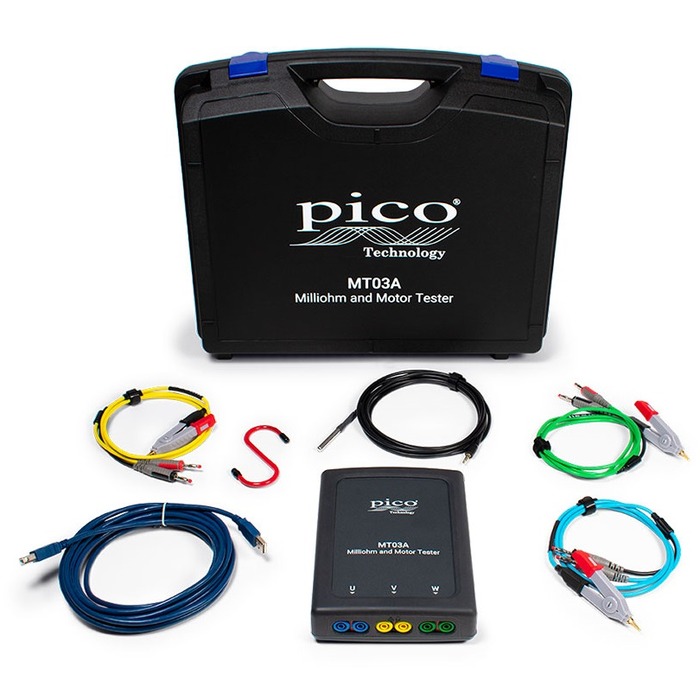
Advancing factory supervising by Picanet technology and redis數據庫 CAN XL technology
The surging elaboration of current manufacturing automation frameworks demands robust observation and diagnostic solutions. Deploying Picanet, a modern communication protocol configured principally for manufacturing conditions, joined with the expanded capabilities of CAN XL, delivers a strong solution for immediate equipment tracking. CAN XL's lengthened data channels and range foster seamless integration with Picanet networks, allowing efficient transfer of key operational data. This article reviews the benefits of deploying Picanet tracking with CAN XL in automated manufacturing applications, emphasizing its benefit on system efficiency.
- Additionally, this method bolsters proactive maintenance by delivering valuable insights into system health and upcoming issues in anticipation of they heighten.
- The scalability of Picanet, paired with CAN XL's extended capabilities, turns it an perfect solution for a vast spectrum of automated systems applications.
Integrating Vuzix Smart Glasses for Remote Surveillance
Vuzix smart glasses are quickly emerging a all-purpose equipment in the sector of remote surveillance. These inventive devices grant agents to watch immediate broadcasts from various locations, providing a hands-free and comprehensive standpoint. With their compact design and natural layout, Vuzix smart glasses allow seamless remote monitoring tasks.
- Also, Vuzix smart glasses can be connected to existing surveillance systems, supporting for a seamless workflow.
- This linkage strengthens situational awareness by equipping personnel with a complete understanding of the surveyed environment.
The scope of Vuzix smart glasses makes them suitable for a varied selection of implementations, including guarding expeditions, workplace audits, and emergency response. As modernization continues to improve, we can look forward to even sophisticated uses for Vuzix smart glasses in the sector of remote surveillance.
Engineering CAN Relay Control Frameworks
This composition reviews the structure and application of a sturdy CAN-based relay control system. Harnessing the attributes of the Controller Area Network (CAN), this system facilitates real-time communication between a principal controller and dispersed relay modules. The configuration incorporates advanced algorithms to ensure meticulous control of the relays, improving system performance. In addition, this platform highlights the benefits of CAN technology in technological applications, where stable control is paramount.
- A system comprises a central controller, relay modules, and a CAN bus.
- CAN offers a common communication channel for the administrator to oversee relay states.
- The software platform is developed to orchestrate information transfer between the controller and relay modules.
Implementation of this system necessitates physical design, software development, and architecture integration. Meticulous testing is carried out to validate the functionality and dependability of the system under numerous operating situations.
Real-Time Relay Status Monitoring using PCAN Interfaces
Applying PCAN interfaces contributes a strong solution for live monitoring of relay status within automated manufacturing and control systems. These expedited communication interfaces enable seamless data transfer between PLCs, microcontrollers, and host computers, allowing constant observation of relay activation states. The ability to examine relay behavior in real time provides invaluable insights into system performance, permitting speedy response to potential issues or malfunctions.
- PCAN interfaces produce a reliable platform for real-time data acquisition from relays.
- Real-time monitoring of relay status promotes efficient troubleshooting and maintenance.
- What's more, PCAN interfaces assist high data transfer rates, offering accurate and timely relay status updates.
Progressive CAN Bus Data Interpretation Using Vuzix XR
Unlocking the potential of real-time automotive diagnostics and analysis has become increasingly crucial in today's connected world. Vuzix XR smart glasses equip an innovative platform for visualizing elaborate CAN bus data, furnishing engineers and technicians a hands-free, immersive point of view into vehicle systems. Through advanced illustration techniques, critical parameters such as speed, temperature, and fuel levels are presented in a transparent and concise manner, overlaid onto the user's visual field. This groundbreaking system enables technicians to instantly identify anomalies, diagnose issues quickly, and ultimately streamline maintenance procedures.
- The combination of Vuzix XR's augmented reality capabilities with comprehensive CAN bus data fusion ensures a transformative solution for the automotive industry.
- By leveraging current data streams, engineers can monitor vehicle performance in exceptional granularity, gaining valuable discernment that drives innovation and efficiency.
- The hands-free nature of Vuzix XR supports technicians to effectively work on vehicles while simultaneously accessing critical information, maximizing productivity and safety.
Remote Monitoring and Control of Relays by CAN XL
CAN XL's extended data frame length presents a competent platform for wide-area accessing and controlling relays. This article examines the strategy of utilizing CAN XL for relay management, emphasizing its good features. By exploiting its CAN XL functions, users can easily monitor and operate relay states from a unified location. This approach permits improved system versatility and diminishes the need for physical interferences with relays.
- In addition, CAN XL's inherent sturdiness ensures secure communication even in stressful environments.
- Thus, realms such as industrial automation can utilize CAN XL to build more effective and independent systems.
Predictive Relay Maintenance Through CAN XL and AI Algorithms
In the increasingly automated world of industrial operations, guaranteeing the reliability and uptime of paramount equipment is important. Relay systems, primary components in many automation infrastructures, are prone to wear and tear over time, perchance leading to failures and costly downtime. To minimize these risks, deploying predictive maintenance strategies has become required. CAN XL, a high-speed, robust communication protocol, delivers a suitable platform for gathering real-time data from relay systems. By exploiting the capabilities of Machine Learning algorithms, this data can be analyzed to identify patterns and calculate potential failures before they happen.
- Machine Learning models can be trained on historical data from relay systems to construct standards for normal operation.
- Real-time data collected via CAN XL can then be compared against these baselines, allowing the detection of deviations that may indicate impending failures.
- By assessing this information, predictive maintenance systems can distribute alerts to technicians, permitting timely intervention and stopping costly downtime.
City Infrastructure Analytics through Picanet and CAN XL
Current intelligent urban centers are increasingly reliant on robust and powerful infrastructure monitoring systems. To address this rising need, innovative technologies like Picanet and CAN XL are developing as powerful solutions. Picanet's separated architecture allows seamless data distribution across a wide expanse, while CAN XL offers elevated bandwidth and longer signal reach. By blending these technologies, cities can achieve real-time monitoring of critical infrastructure assets such as traffic flow, energy grids, and environmental sensors. This holistic approach increases smarter decision-making, upgrades workflow productivity, and ultimately advances the liveability of urban residents.
Innovative Relay Inspections through Vuzix AR
Vuzix's cutting-edge augmented reality (AR) devices provide a innovative approach to industrial relay inspections. By overlaying computer-generated details onto the concrete world, technicians can reliably assess relay modules for wear and tear, locating potential faults. This hands-free inspection method enhances technician competence, mitigating downtime and refining overall risk management on the job site.
- Besides, Vuzix AR tools permit real-time communication between technicians and experts, facilitating speedy problem-solving.
- Accordingly, Vuzix AR enhances the relay inspection process, resulting in a more accurate and financially beneficial technique.
Real-Time CAN Monitoring for Superior Relay Management
Accomplishing optimal switch performance within elaborate systems often depends on comprehensive scrutiny of real-time data. Controller Area Network (CAN) provides a strong platform for assembling this critical information, facilitating in-depth insights into relay behavior and system performance. By employing real-time CAN data assessment, engineers can identify potential issues, enhance relay settings for top-level throughput, and ultimately raise the overall reliability and performance of the system.
- Real-time CAN data analysis yields a valuable tool for identifying patterns in relay behavior.
- Incorporating real-time monitoring systems can significantly advance system inspection.
- By analyzing CAN data, engineers can appraise relay performance metrics such as cycle duration.
Trusted Communication Frameworks for Relay Controls
Relay control networks depend on secure communication protocols to guarantee the integrity and confidentiality of transmitted data. These protocols promote reliable communication between relay nodes and central controllers, preventing unauthorized access, distortion, and eavesdropping. Installing robust protocols such as MACsec is important for maintaining the security and reliability of these networks. This promotes efficient and safe operation in critical applications spanning industrial automation to smart grids.
